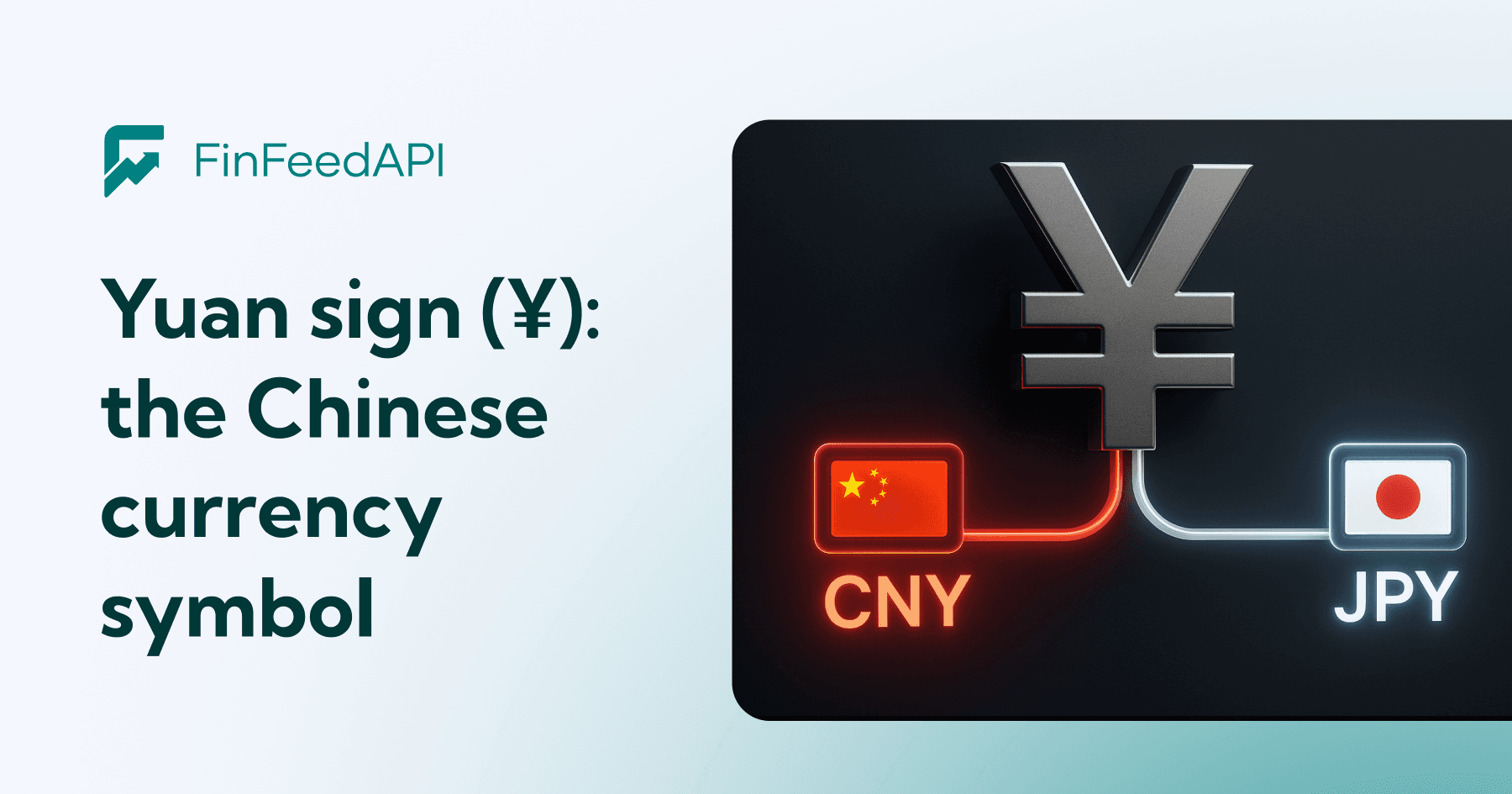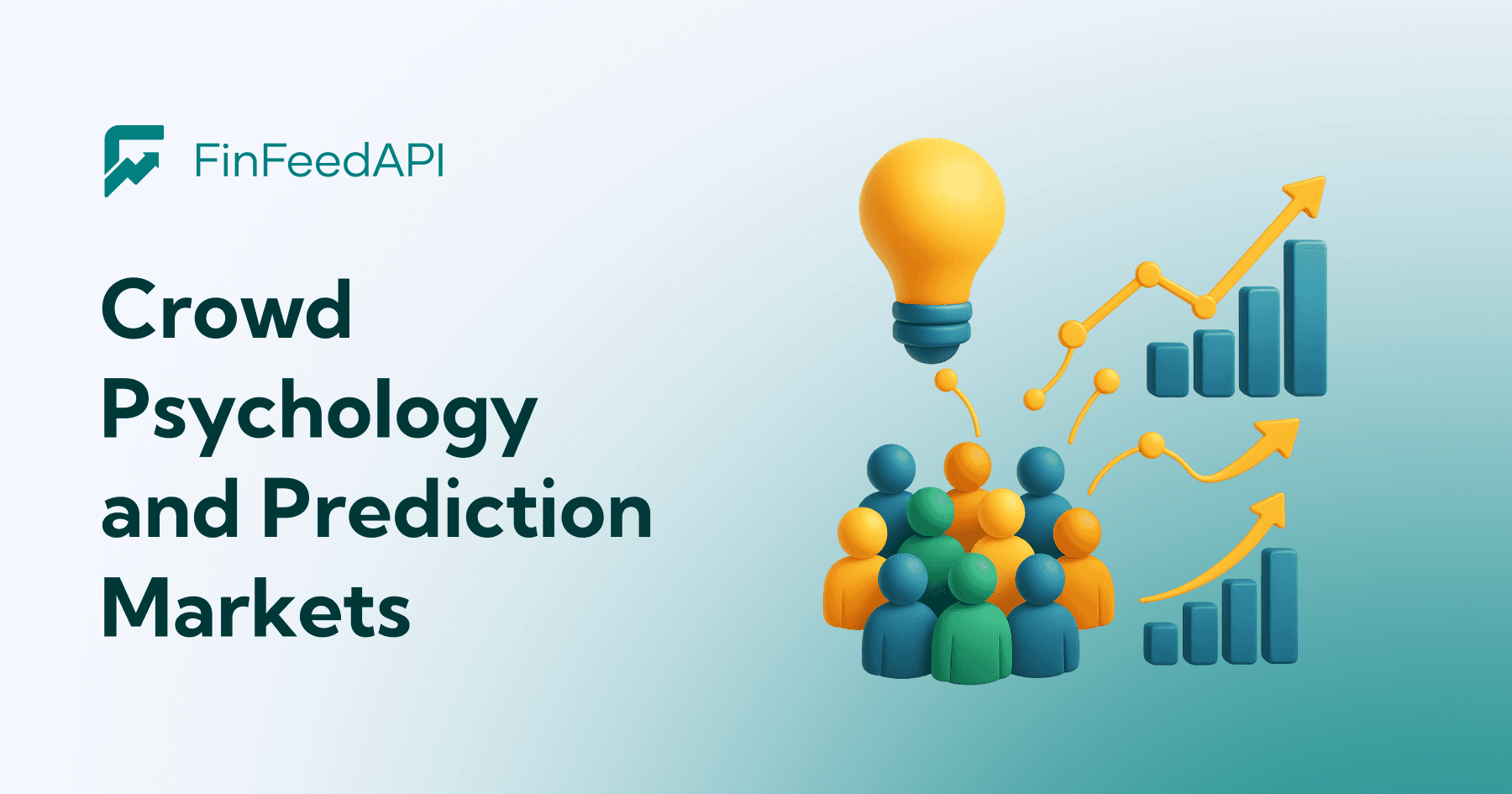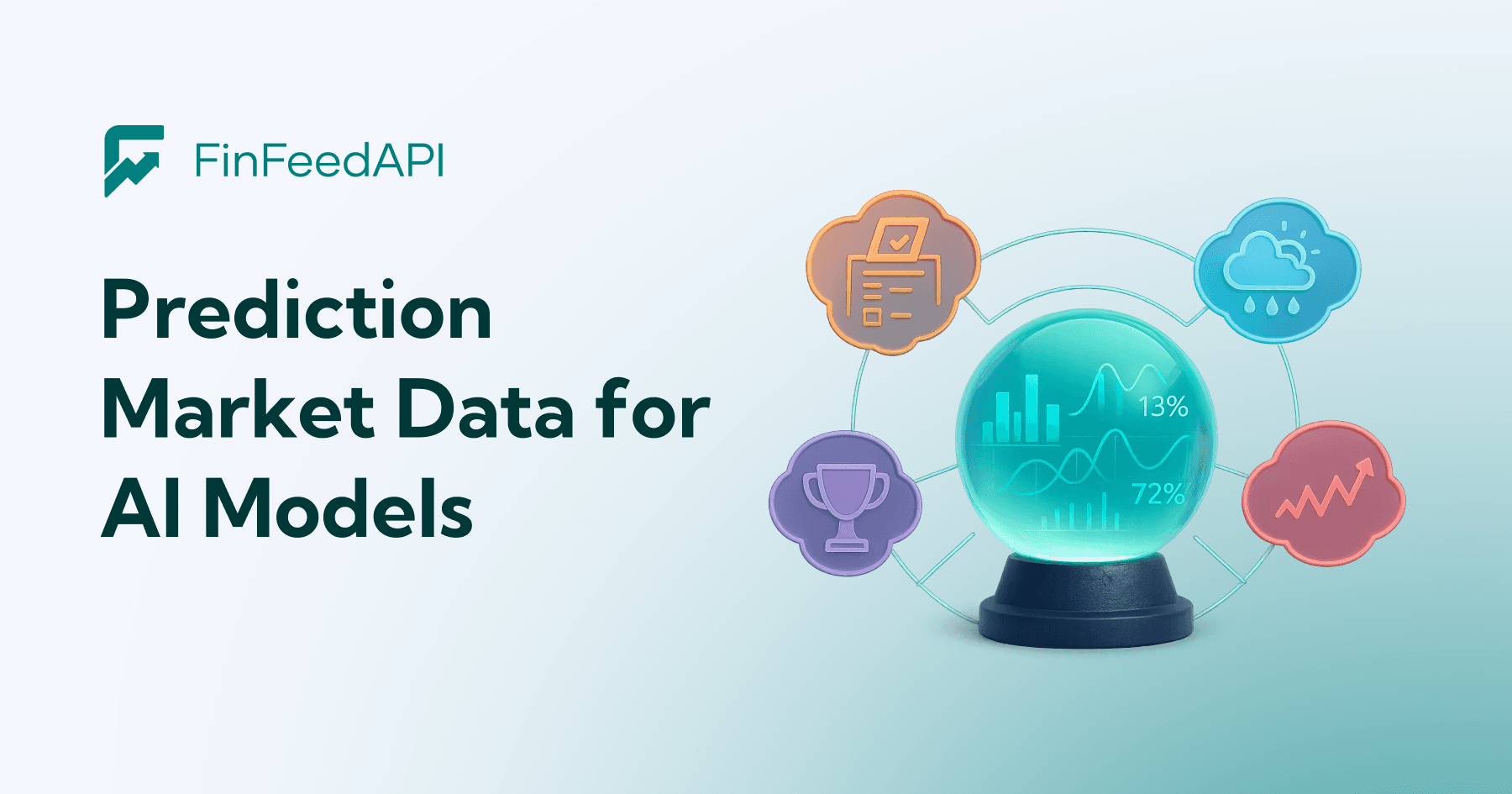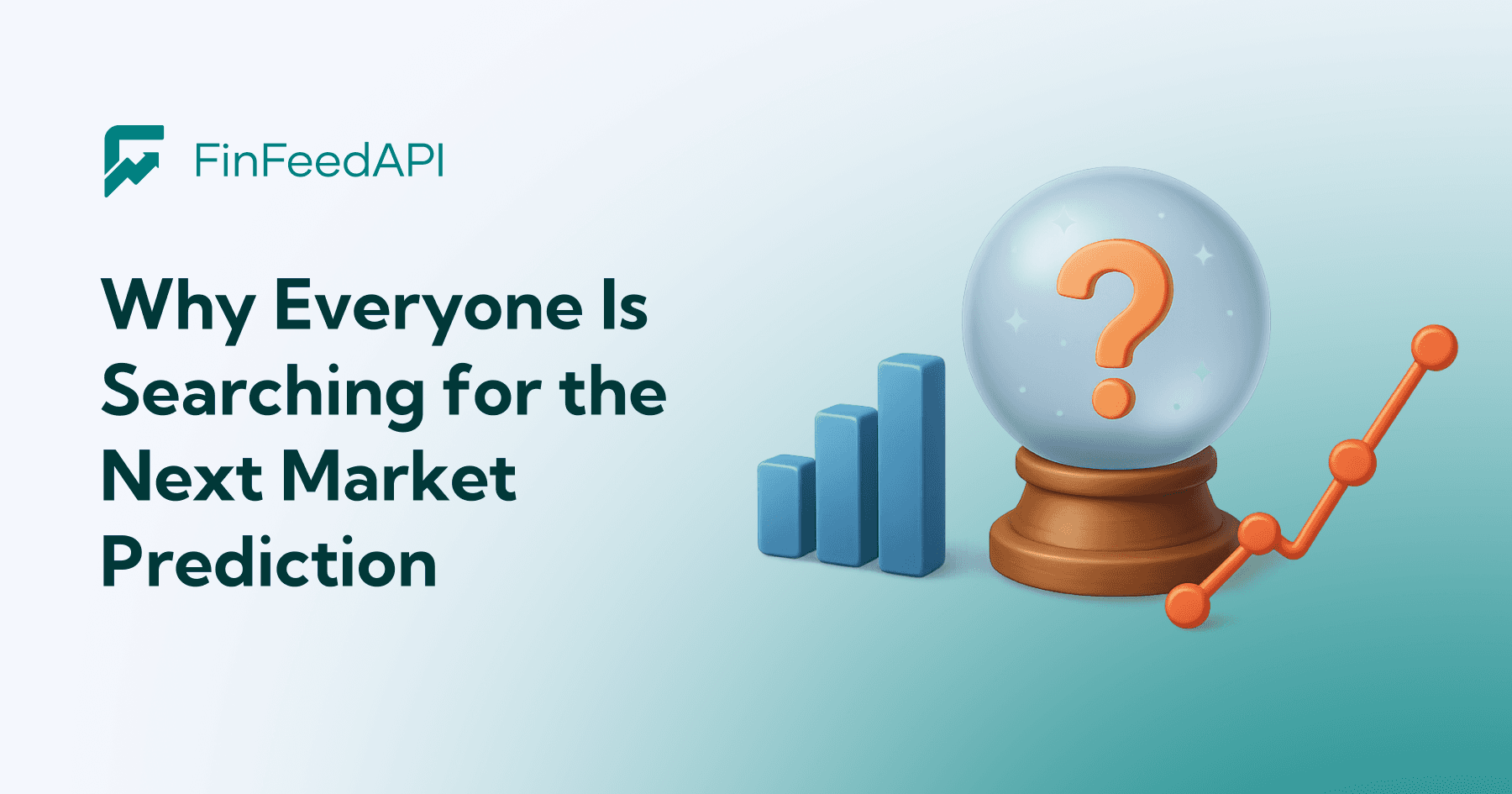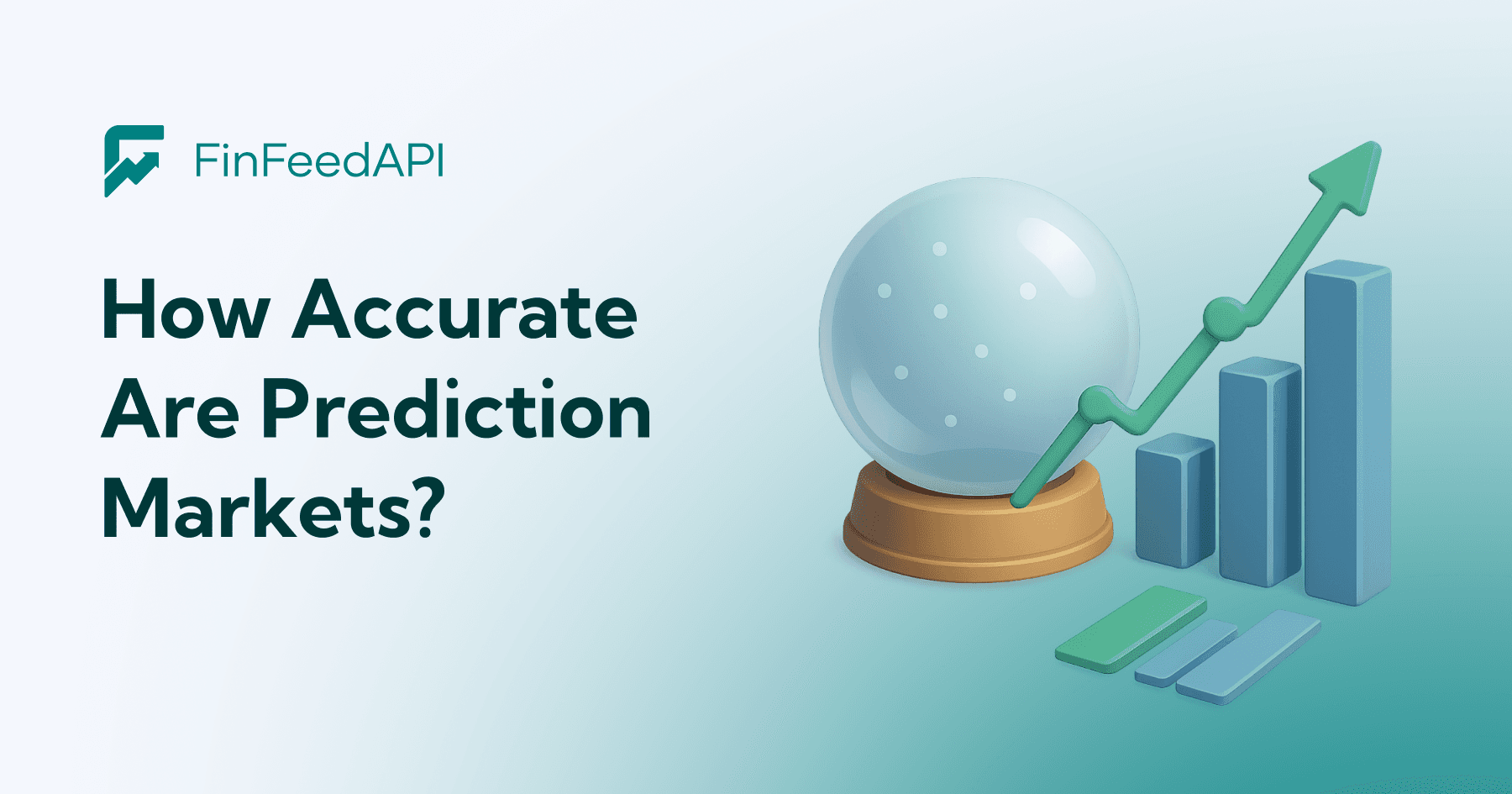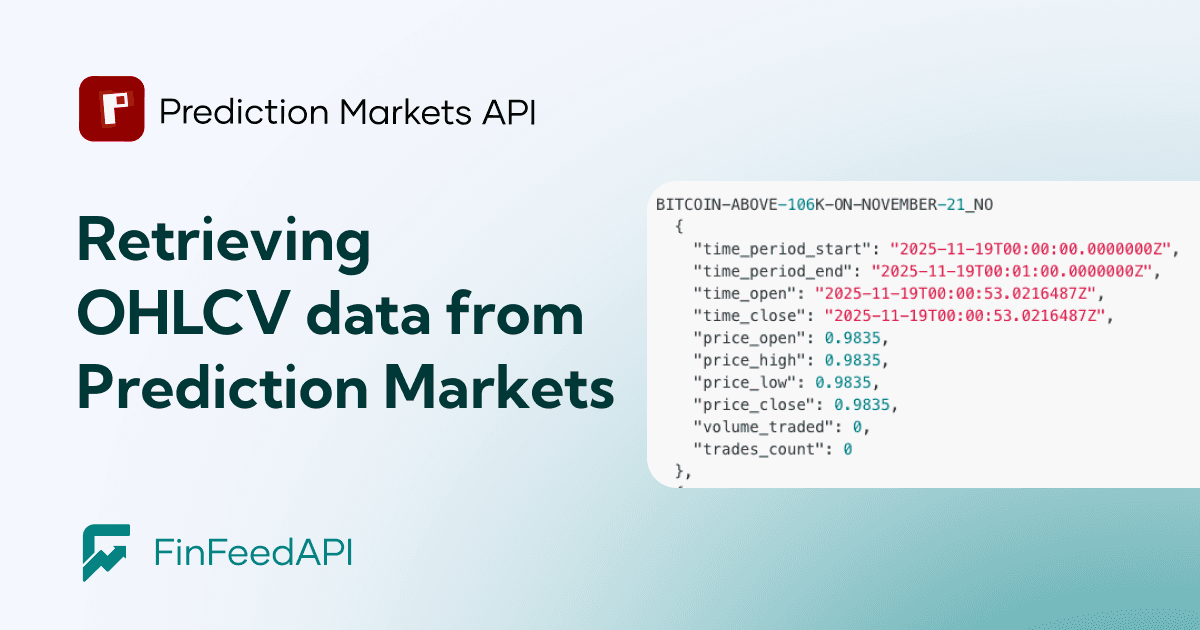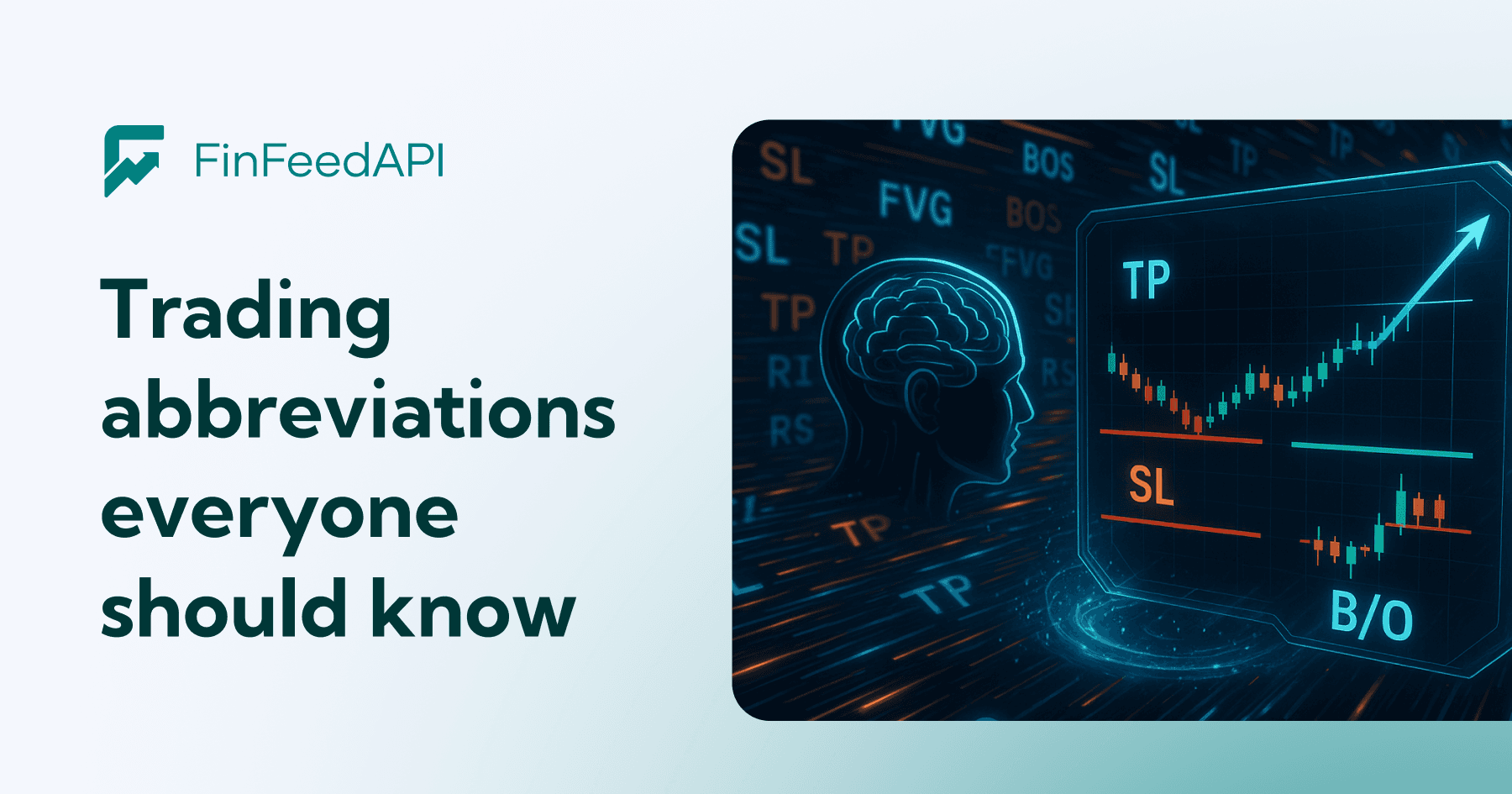In the past, finance felt locked away. Only banks and big institutions controlled the data. Then developers started using APIs, and the whole system began to open up.
With a few lines of code, you can now pull prices, charts, statements, and identity checks that once lived deep inside old databases. Suddenly, money became something you could build with — not just watch from the outside.
And once that happened, everything sped up.
Apps updated in real time.
Small businesses reached global markets.
People finally got tools that helped them understand their own finances.
That’s the power of financial data APIs. They turn hard-to-reach information into simple, usable data. Services like FinFeedAPI make it even easier by giving developers free access to real-time and historical market data for any language or stack.
Finance used to be slow and closed.
APIs made it fast and open.
Introduction to Financial APIs
Financial APIs act like bridges. They let apps talk to banks, markets, and data providers without complex integrations.
With these connections, developers can pull market data, financial statements, and other instruments on demand. Dashboards refresh automatically. Users see accurate numbers instead of outdated guesses.
It’s a simple shift with a big effect:
when finance becomes programmable, anyone can build something useful on top of it.
Account Aggregation & Open Banking APIs
Modern fintech starts with a basic idea:
put all your money in one view.
Aggregation APIs do that.
They pull accounts, cards, loans, and investments into a single screen instead of spreading them across ten apps.
It sounds small, but it changes everything.
People spot patterns.
They spend smarter.
Small businesses get a clearer financial picture — sometimes the difference between getting funded or not.
For developers, the flow is simple:
The user authenticates, the API sends clean balances and history, and you build on top of it.
Some providers, like FinFeedAPI, even group transactions automatically so users don’t drown in raw data.
Open banking pushes the idea further.
In regulated markets, banks must offer APIs that let users share their data safely.
This opens doors for new apps and makes integrations far less painful.
Payment Gateway & Processing APIs
Money used to move slowly.
Payment APIs sped it up.
Today, a tiny shop can accept online payments as easily as a global brand.
A few lines of code handle the checkout, the card, the currency — all without the old banking paperwork.
The flow is straightforward:
details go in → become a token → hit the gateway → bank approves or rejects → result returns.
The sensitive parts never touch your servers.
For developers, the value is simple:
fast setup, global reach, lower costs.
Stock Market & Investment APIs
The stock market used to be closed off. APIs cracked it open.
Now any developer can pull live prices, historical charts, financials, or crypto data with one request.
That data powers the apps people use every day to track portfolios, compare companies, or learn how markets move.
This shift changed investing. Robo-advisors build portfolios automatically.
Commission-free apps let anyone start with a few dollars.
More people participate, and markets get healthier.
Developers get ready-made data.
Users get tools once reserved for professionals.
Fraud Detection & Security APIs
As finance moved online, fraud followed. Security APIs became the filter.
They watch behavior in real time — odd logins, strange devices, unusual spending — and score the risk instantly.
If something looks wrong, the API flags it before damage happens.
Users feel safer.
Developers get a clear integration path: send context, get a score, act on it.
Dashboards help teams track patterns and tighten security over time.
Good security keeps the system running.
It’s invisible when it works, and unforgettable when it doesn’t.
Key Features and Benefits of Financial APIs
Financial APIs stand out because they get the basics right — and fast.
They deliver:
- Accurate data — real-time prices, clean history, reliable financials.
- Instant updates — apps react the moment markets move.
- Strong security — encrypted, authenticated, locked down.
- Easy scale — high traffic, heavy loads, no slowdown.
- Built-in compliance — designed for regulated environments.
Together, these features turn financial APIs into the core infrastructure of modern finance — the pipes that keep data flowing and apps moving.
And the benefits reach everyone.
For financial institutions:
- Connect to fintechs easily
- Automate manual processes
- Lower transaction costs
For fintech companies:
- Build faster, smarter products
- Personalize experiences with real-time data
- Boost customer satisfaction and retention
For consumers:
- Clearer tools
- Faster decisions
- More transparency and control
For non-financial businesses:
- Embed payments, lending, or financial data
- Open new revenue streams
- Strengthen customer relationships
Financial APIs don’t just support the system — they expand it.
They lower barriers, increase efficiency, and unlock new markets with a single call.
Implementation of Financial APIs
Implementing financial APIs starts with clarity.
Teams need to know exactly what data they want, why they need it, and how it supports the product they’re building. That focus guides everything that comes next.
Choosing the right provider is the next big step.
Security, reliability, compliance, and clean functionality matter more than anything. Once a provider is in place, integration begins — usually a mix of connecting endpoints, aligning systems, and working with IT to keep data flowing smoothly.
Before anything goes live, testing is non-negotiable.
APIs must hold up under real traffic, real data, and real conditions. Only then should they move to production, where they start delivering actual value.
To get the best results, companies stick to a few simple best practices:
Security first:
- Strong encryption
- Solid authentication
- Tight access controls
Monitor everything:
- Track performance
- Watch usage spikes
- Catch failures early
Document clearly:
- Clean instructions
- Real examples
- Minimal guesswork for developers
Stay compliant:
- Follow regulations
- Update as rules change
- Keep audits simple
Done right, financial APIs become a stable foundation — powering new products, reducing risk, and building trust with every request.
Embedded Finance and the Future of Financial APIs
Finance is no longer a separate industry. APIs let companies build money services directly into everyday apps.
You see it when you pay for a ride or delivery without leaving the screen.
A payment API handles everything in the background.
And it’s moving past payments.
Lending, insurance, savings, and investing can now be added with a single integration.
“Buy now, pay later” in a shop? That’s an API.
Instant insurance quotes? Same thing.
In emerging economies, this is a breakthrough.
People who struggled to get credit can now access microloans inside apps they already use. APIs help close the credit gap and expand financial inclusion.
Governments use APIs too — sending benefits, collecting data, and tracking activity without slow paperwork.
For companies, embedded finance creates new revenue streams.
For users, it makes money services faster and easier.
For developers, the opportunity is massive.
Every product now wants payments, credit, or savings built in.
Knowing financial APIs means you can help build the next generation of financial tools.
Practical Guidance for the Modern Financial Developer
Working with financial APIs means handling data that affects real lives.
These are the principles that keep your work safe, stable, and trustworthy:
1. Security comes first.
Protect every layer — logins, data storage, API calls.
Use strong authentication and encryption, and test your system often. One weak point can break the whole product.
2. Respect user privacy.
Be clear about what you collect and why.
Give people simple controls to manage their data. Transparency builds trust faster than features.
3. Understand the rules.
Finance is regulated everywhere. GDPR, CCPA, local banking laws — they all matter.
Working with reputable API providers helps, but you still need to know the boundaries.
4. Prepare for failure.
APIs go down. Networks break. Input gets messy.
Handle errors gracefully so users never feel the chaos behind the scenes.
5. Keep the experience simple.
People want clarity, not complexity.
A clean interface and intuitive flow do more for financial health than advanced tools buried in menus.
These principles aren’t just checkboxes — they’re the difference between products people trust and products they abandon.
APIs are opening a new chapter in finance, and developers are shaping it.
Build with care, and you don’t just ship code — you lift entire systems forward.
Where Developers Go From Here
Financial APIs are reshaping how apps work and how people manage money.
If you’re building in this space, you don’t need to start from zero — you just need reliable data.
That’s where FinFeedAPI helps.
Real-time currency rates, clean historical data, simple endpoints, and a free plan that lets you build fast.
Plug it in, test it, and see how much easier your product becomes when the data just works.
The next generation of fintech starts with one request.
FinFeedAPI makes that request simple.




